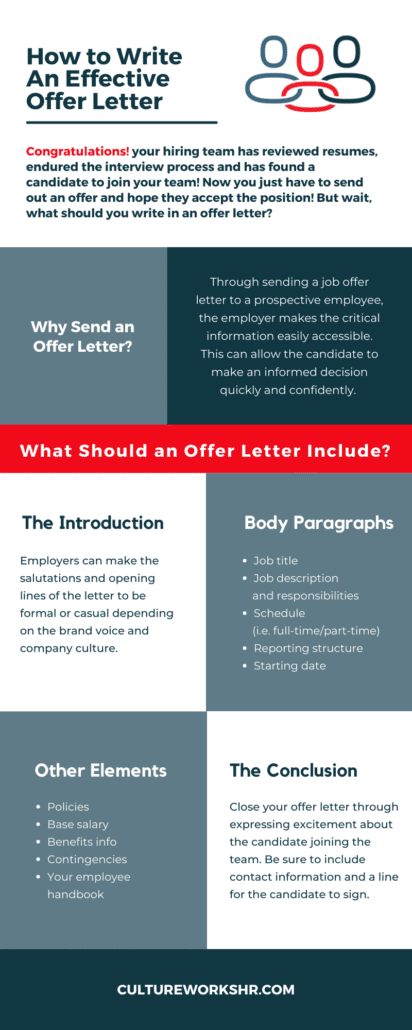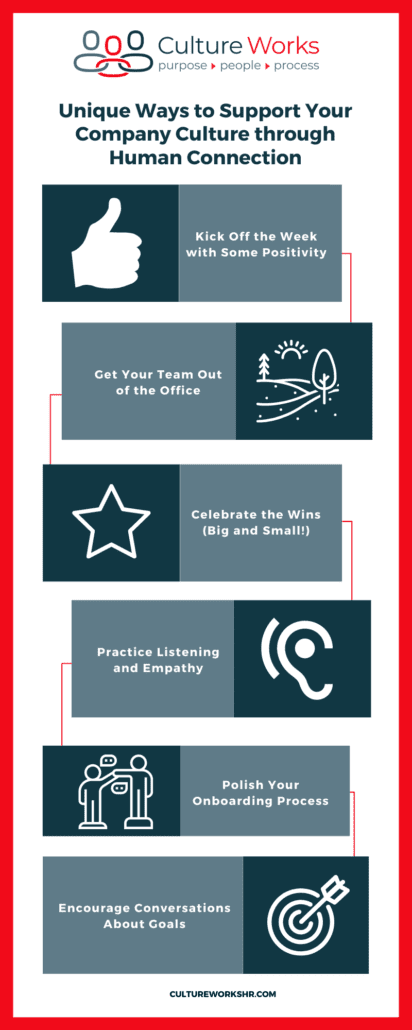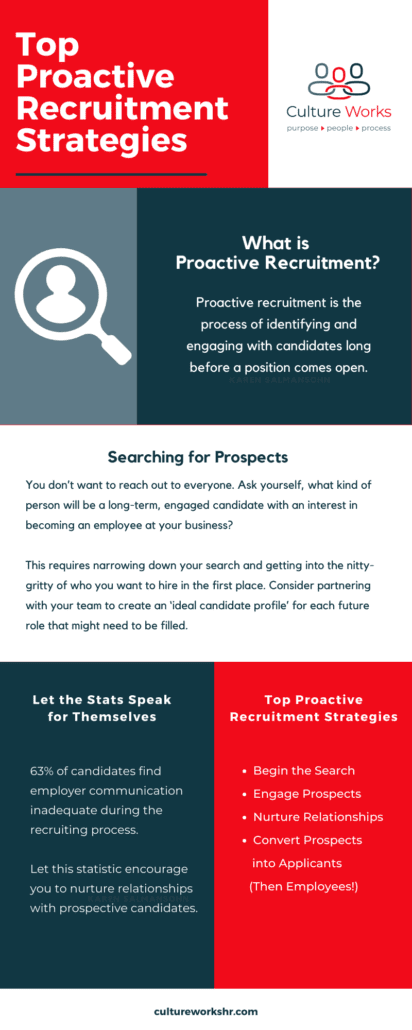Congratulations, your hiring team has reviewed resumes, endured the interview process, and has found a candidate to join your team! Now you just have to send out an offer and hope they accept the position! But wait, what should you write in an offer letter?
Offer letters are typically about two pages but contain a range of essential information, such as the expectations, conditions, and details of the job.
Before you spend the next fifteen minutes staring at a document with only “dear candidate” written at the top, don’t worry –we got you!
Read on to learn how to write an effective, concise offer letter that presents all the information the candidate needs. Then, you can focus on the exciting part: adding a new member to your team!
Why Send an Offer Letter?
The letter serves as an invitation for the candidate to work at your company. Further, it will make all the critical information easily accessible to the candidate as they make their decision on whether or not to accept the job offer.
By sending a job offer letter to a prospective employee, the employer makes the critical information easily accessible. This can allow the candidate to make an informed decision on whether or not they will accept the position quickly and confidently. In addition to these advantages for the employee, the employer also benefits from a prompt decision. These benefits may include, for example:
- If the candidate accepts, the company has the opportunity to begin to onboarding process immediately
- If the candidate declines, the employer can quickly send an offer to another candidate who would be a good fit for the position
First, Consider Extending a Verbal Offer
A verbal offer can save time for an employer by ensuring the candidate is still interested in the position and willing to negotiate. Who wants to take the time to write an offer letter just to send it over to a candidate who accepted an offer from another company yesterday?
We recommend extending a verbal offer and securing interest before drafting an efficient offer letter.
We don’t suggest employers extend only a verbal offer to candidates because candidates should have easy access to all the information provided in the offer letter.

The Introduction
Let’s Talk Salutations
Employers should choose the appropriate salutations to greet the candidate. Consider the company’s brand voice.
If the brand voice is more casual, the employer may choose to simply use the candidates first names in the offer letter. If the brand voice is more formal, employers may opt to use a title indicator like “Mr.,” “Mrs.,” “Ms.”
The Opening Line
Similar to the salutations, an employer can make the first line(s) of the letter formal or casual depending on the brand voice or company culture.
The Body Paragraphs: What Information Should Employers Include in an Offer Letter?
Offer letters may vary depending on the position and industry but generally contain about three paragraphs. According to The Balance Careers, an offer letter confirms employment details including:
- Job title
- Job description and responsibilities
- Schedule (i.e. full-time/part-time)
- Reporting structure
- Starting date of employment
- Base salary
- Benefits information
- Acknowledgment of offer and confirmation of acceptance
Additional Elements to Include in an Offer Letter
According to the Society for Human Resource Management, depending on the state and/or employer, an effective offer letter might also include:
- Policies: For example, “employment will be subject to the company’s policies, procedures, and handbook (if applicable) as adopted, revised or deleted from time to time.”
- At-will employment: Explains that “either the employee or the company can terminate the relationship at any time, with or without cause or advance notice.”
- Contingencies: “State that the offer is contingent upon a background check clearance, reference check, and proof of the employee’s right to work in the U.S., as required by law.”
- Prior employer confidential information and restrictions
- Your employee handbook
The Conclusion
Close your offer letter by expressing excitement about the candidate joining the team. Be sure to include contact information, a line for the candidate to sign as well as a date they should provide a decision.
Disclaimer
Think about including a disclaimer to clarify the letter is not a legally binding contract or agreement.
Let’s Review Examples of a Successful Offer Letter
Below, we’ve included an example of an effective offer letter (minus the additional elements listed above). We’ve written this letter as if we were adding another member to our team.
How to Retain Employees
Now that you’ve successfully hired some new employees with an efficient offer letter, it’s time to learn how to retain your top talent.Learn more about Culture Works and why we do what we do, here.





